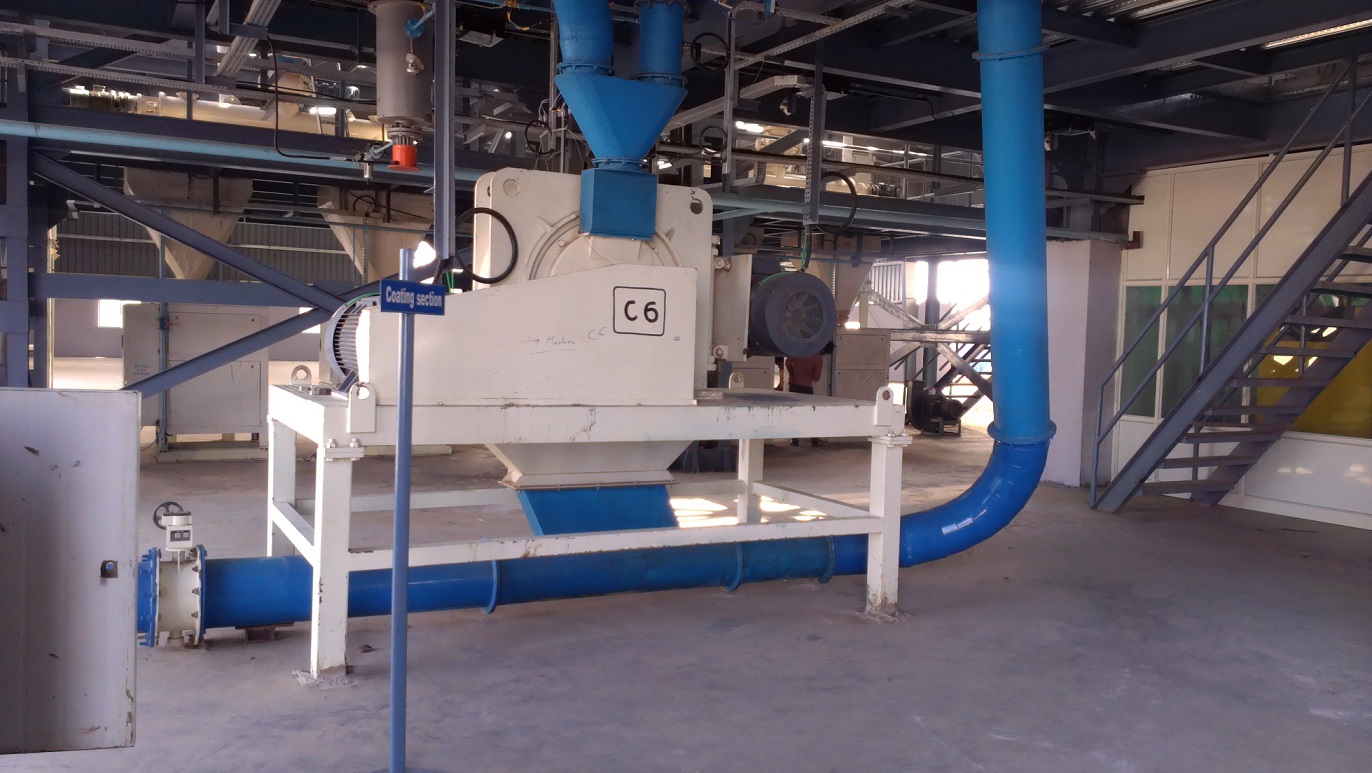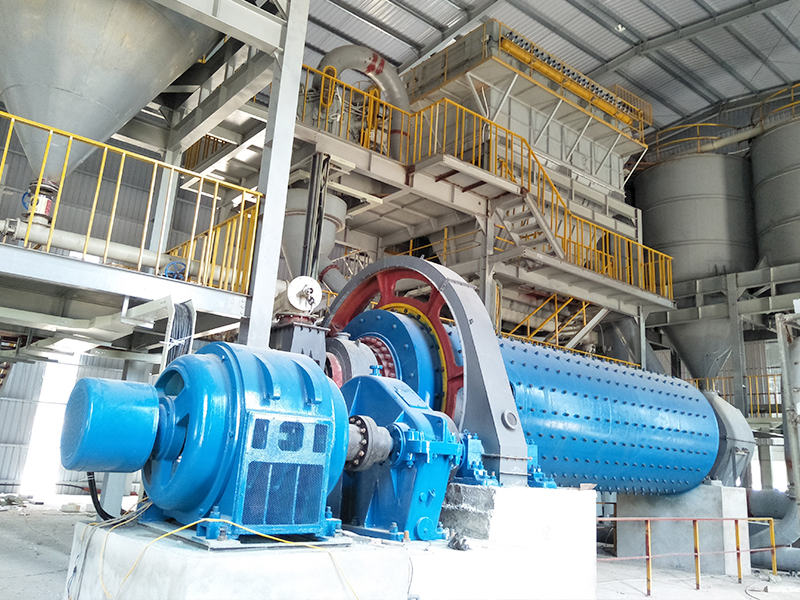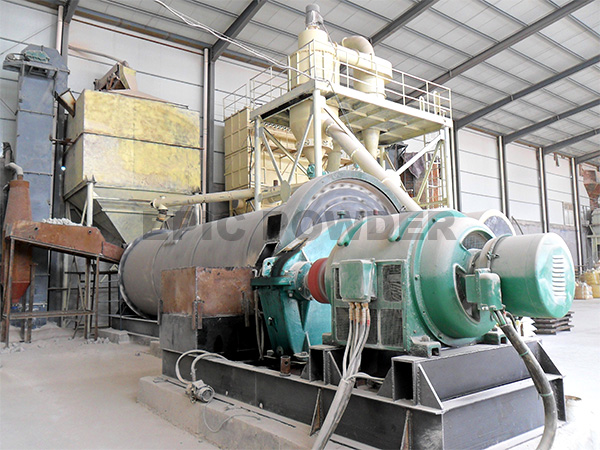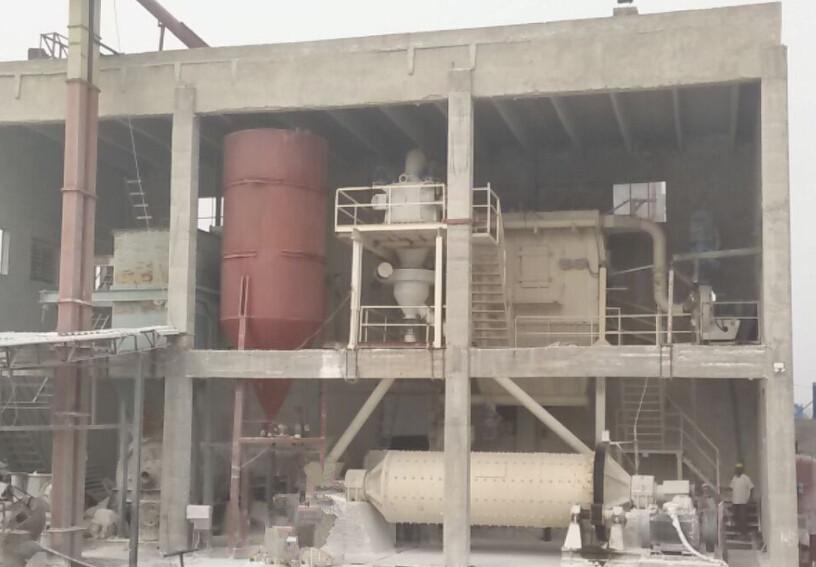NO. 369, Road S209, Huanxiu, Qingdao City, China
filling modification,Degradable plastic products

Want to promote the application of degradable plastic products on a large scale? Filling modificatio
At present, there are dozens of degradable plastics developed around the world, of which the industrially-produced ones mainly include chemically synthesized PBAT, PLA, and PBS; Mixtures such as starch/PVA, starch/PBS, starch/PLA, etc.
Due to the relatively small variety of degradable plastics, it is difficult to ensure that suitable degradable plastic resins can be found for each product. For example, PBS and PBAT have good toughness, but low strength; PLA has high strength, good transparency, but poor toughness; PHB has excellent Gas barrier properties, but general processing properties. Therefore, how to capture the advantages of various degradable plastics and learn from each other to meet the specific needs of products is an important technology for the application of degradable plastics.
At present, the price of degradable plastic resin is relatively high, and most of the degradable plastic products are ordinary daily necessities, which will seriously hinder the large-scale promotion and application of degradable plastic products. The development of cheap degradable plastic products is one of the core contents of the application of degradable plastics. Therefore, starch, calcium carbonate, talc, etc., which do not affect the degradation performance of products and can be absorbed by the environment, are used in the modification system of degradable plastics. In particular, the high proportion of filling technology has become one of the important technologies in the development of degradable plastic products.
Common modification techniques in the application process of degradable plastics include filling modification, alloying modification and copolymerization modification. Among them, filling modification is to add non-melting powder additives to the degradable plastic resin, mainly including starch and inorganic powder. Its main purpose is to prepare cheap special materials, and sometimes it can also improve the mechanical properties such as the strength of special materials.
A commonly used filler is starch. It is a common natural degradable polymer with a wide range of sources and low price. The degradation products are carbon dioxide and water, which do not pollute the environment, and it is a renewable biomass resource. In this filling technology, the most attention should be paid to the treatment of starch, because the compatibility of starch and degraded plastics is poor, and it is necessary to plasticize the starch so that the starch can be better combined with the plastic matrix.
Another filling aid is inorganic powders such as calcium carbonate and talc. They are all natural mineral powders, which can be absorbed by nature after returning to nature, so they will not affect the degradation performance of the entire degradable plastic system, but can effectively reduce the cost of modified materials and improve the strength of materials to a certain extent. Therefore, it is very common to use calcium carbonate and other fillers in products that do not require high mechanical properties. The filling technology should pay attention to the coupling treatment of the powder surface, which will directly affect the product performance and the amount of inorganic powder that can be added.
With the introduction of the relevant policies of the national ban on plastics, degradable plastics have ushered in the best period of development. In the past two years, a large number of enterprises in my country have entered the field of degradable plastics, and the production capacity of degradable plastics is rising rapidly, but the current production capacity cannot meet the huge market demand caused by the national plastic ban in the short term. It is expected that the next ten years will be the golden decade for the development of degradable plastics in my country.




Leave a Comment